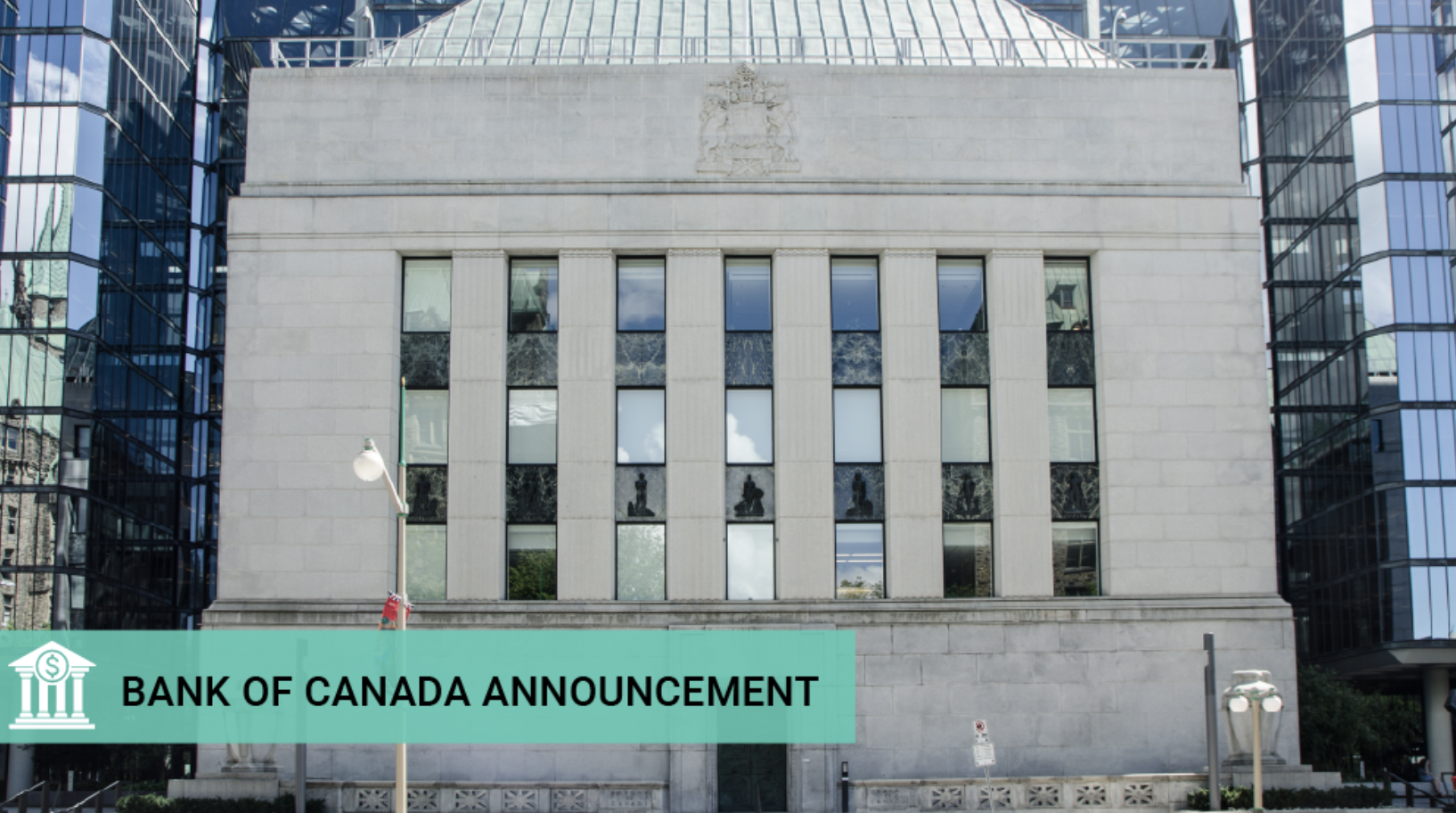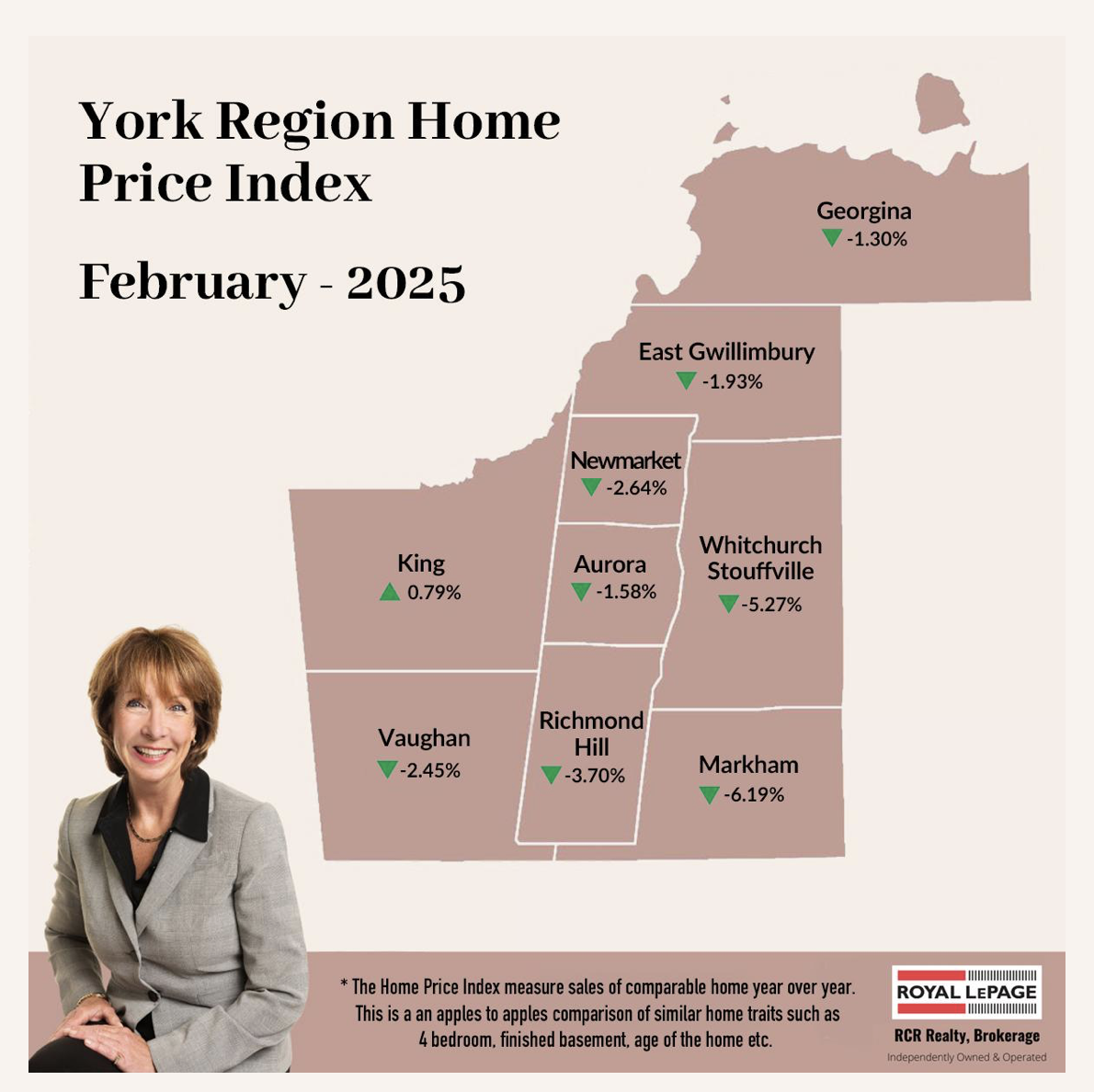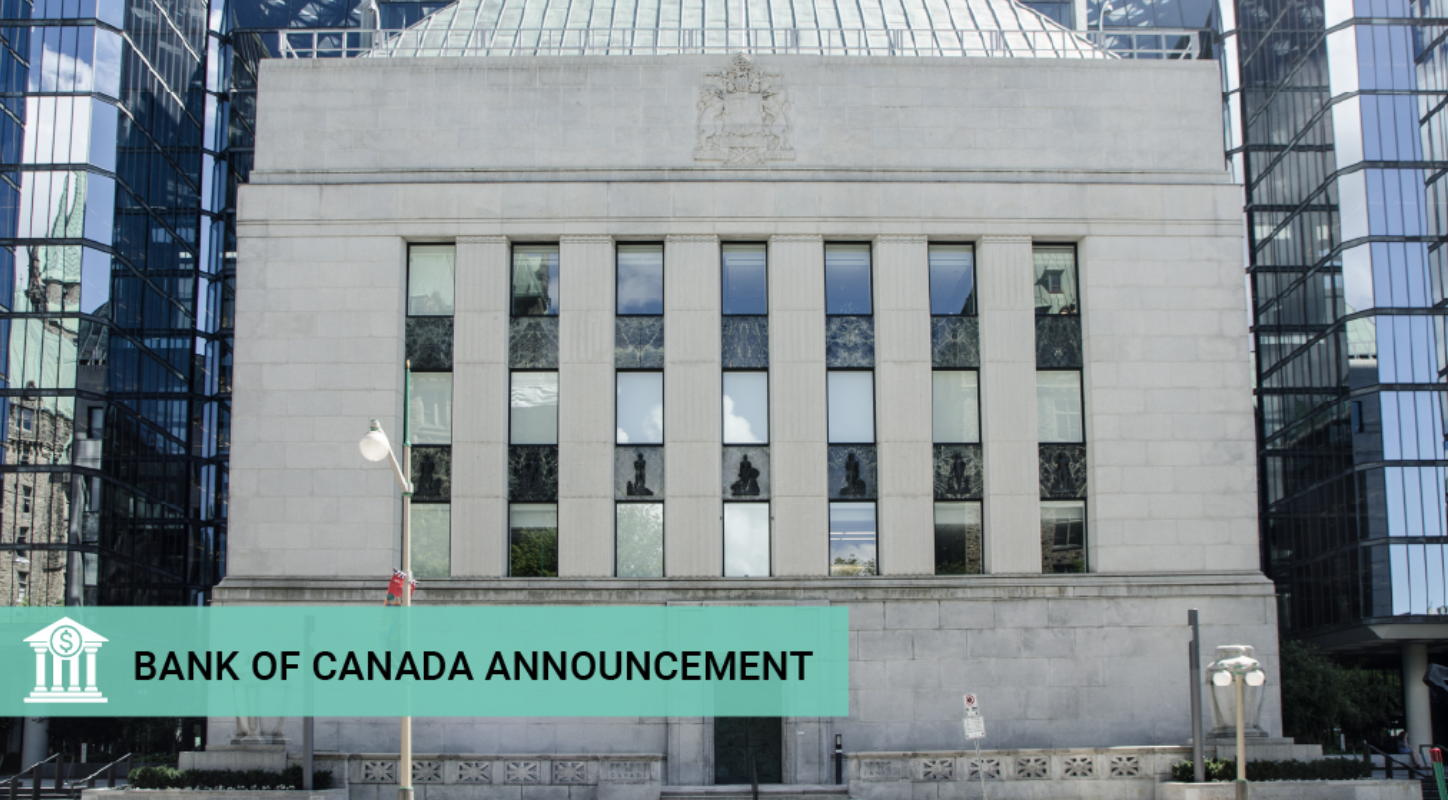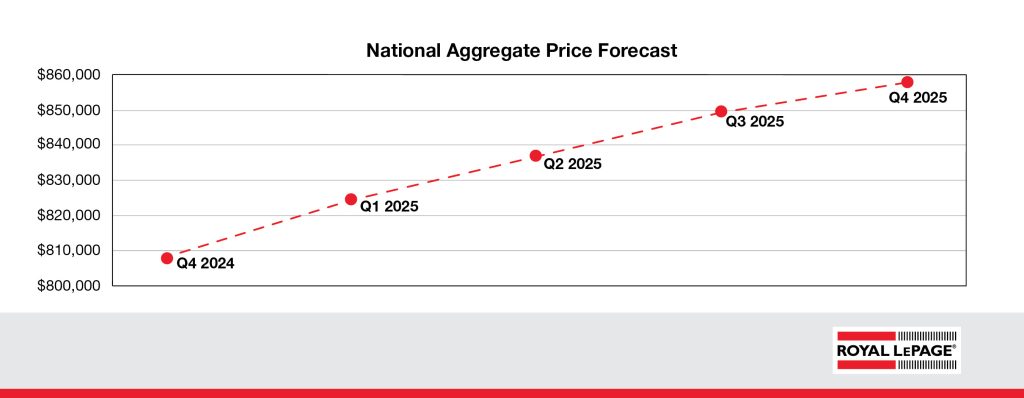If you’re like most Canadians shopping for a home loan, you might be tempted to accept the first mortgage rate offer that comes your way. After all, the mortgage process can feel overwhelming, and the idea of settling quickly is appealing. But here’s something you should know: accepting the first mortgage quote you receive could cost you thousands of dollars over the life of your loan.
Getting mortgage loan quotes doesn’t need to be complicated or time-consuming. With today’s technology, you can request and receive mortgage quotes from several lenders within hours. Contrary to what you might have heard, shopping around for mortgage quotes won’t destroy your credit score if you do it the right way.
Why You Should Get Multiple Mortgage Quotes
The numbers tell a compelling story about why shopping around for mortgage quotes is so important for Canadians. According to a Bank of Canada study, many Canadians display what researchers call “brand loyalty” to their primary banking institution—and this loyalty comes at a huge cost.
The study revealed that Canadians who stick with their home bank without exploring other options miss out on potential savings between $759 and $1,617. Considering that these savings recur annually throughout your mortgage term, that could mean leaving up to $8,000 on the table over a standard 5-year term. Extend that to the full amortization period of a typical Canadian mortgage, and you could be looking at tens of thousands in unnecessary interest payments.
The difference between mortgage lender quotes can seem small at first glance—perhaps just 0.25 percent or 0.5 percent in interest rate—but these small differences have outsized impacts on your financial future. For example, on a $500,000 mortgage with a 25-year amortization, a rate difference of just 0.25 percent could save you approximately $60 per month or $720 per year. Over the full mortgage term, that adds up to $18,000 in savings!
Another benefit of gathering multiple mortgage lender quotes is the negotiating power it gives you. When you approach your preferred lender with competitive quotes from other institutions, you’re in a much stronger position to ask for better terms. Many lenders have rate-matching policies or flexibility that they only exercise when they know you’re considering their competitors.
Remember, mortgage lenders are competing for your business in a crowded marketplace. By getting multiple mortgage loan quotes, you’re simply participating in the competitive process that the mortgage market is designed for.
Does Getting a Mortgage Quote Hurt Your Credit?
When you apply for a mortgage quote, the mortgage lender typically performs a credit check to assess your financial situation. There are two types of credit checks: soft inquiries and hard inquiries. A soft inquiry doesn’t affect your credit score and often occurs when you check your own credit or when a lender pre-screens you for offers. A hard inquiry, however, does appear on your credit report and can temporarily lower your score by a few points.
Canadian credit bureaus (Equifax and TransUnion) understand the concept of “rate shopping” and have built their scoring models accordingly. When you’re looking for a mortgage, multiple hard inquiries for the same type of loan within a short timeframe are generally treated as a single inquiry for credit scoring purposes.
In Canada, this rate-shopping window typically ranges from 14 to 45 days, depending on which credit scoring model is used. This means you can collect mortgage quotes from multiple lenders within this period without each inquiry causing additional damage to your credit score.
For example, if you apply for mortgage quotes from five different lenders within a two-week period, the credit scoring systems will recognize that you’re rate shopping and count those five inquiries as just one for credit score calculation purposes. This means you can gather multiple mortgage loan quotes without worrying about credit score impacts.
Where to Get Mortgage Quotes in Canada
When searching for the best mortgage quote in Canada, you have several options to consider:
The Big Five Banks – Canada’s major banks (RBC, TD, Scotiabank, BMO, and CIBC) often provide relationship discounts for existing customers. Their widespread branch networks make in-person consultations easy, though their rates may not always be the most competitive.
Credit Unions – These member-owned financial cooperatives frequently offer competitive mortgage quotes and more flexible lending criteria than traditional banks. They tend to focus on serving local communities and may have special programs for first-time homebuyers.
Mortgage Brokers – These professionals work with multiple lenders and can search dozens of mortgage options on your behalf at no cost to you. A good mortgage broker saves you time by gathering multiple mortgage loan quotes based on your financial situation.
Monoline Lenders – These specialized mortgage companies (like First National, MCAP, or RMG) focus exclusively on mortgages without offering other banking services. They often provide highly competitive rates since mortgages are their primary business.
Online Mortgage Lenders – Digital-first lenders like Tangerine and Equitable Bank offer streamlined application processes and sometimes feature lower rates due to their reduced overhead costs. Their online platforms make it easy to submit applications and track your progress.
Mortgage Comparison Websites – Sites like Ratehub and WOWA allow you to compare rates from multiple lenders in one convenient location. These platforms can provide a quick overview of current market offerings without multiple applications.









![OPEN HOUSE [ Sun Dec 22nd 2-4 pm] - 116 Tyson Drive](/wps/rest/61721/blog/lrbs/lrbsnluxywde.jpg)


